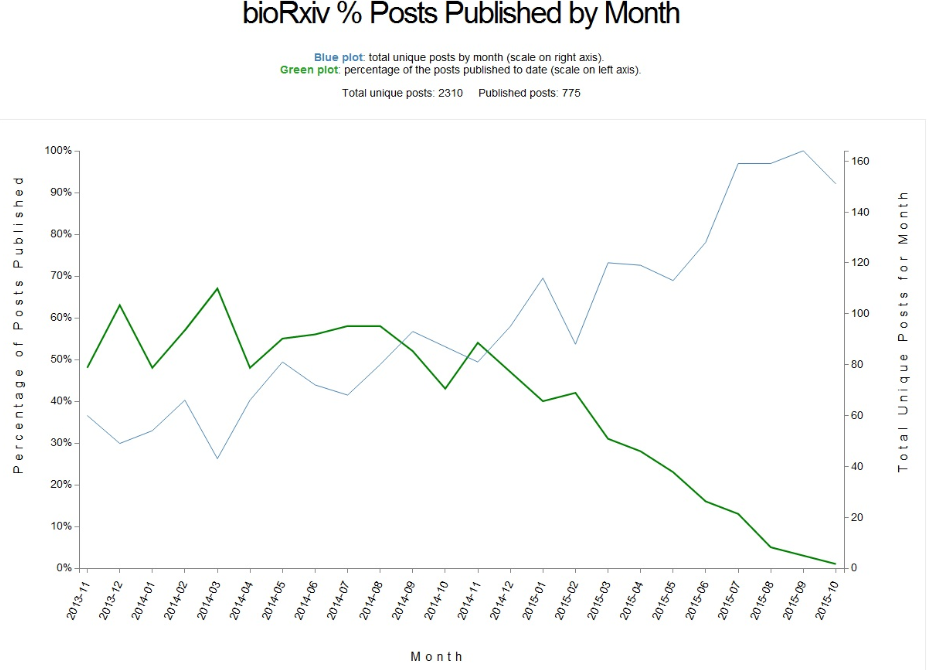Many apologies for the long delay in writing, residency training has been weighing heavily on my creative time - but this is coming to an end! In the realm of more good news, on July 1st I will assume the post of Clinical Instructor here at the Moffitt Cancer Center, concentrating my efforts on taking care of patients with sarcoma using radiation for one day per week. The balance of my time will be spent finishing my DPhil and pursuing the clinician-scientist track - a balance I hope to maintain for the rest of my career (life?).
 |
| Dendritic Swarm. |
My relationship with the
Sarcoma department here has been a very good one, and one that has transcended simply training and patient care. Immediately before I left for Oxford, my neighbor and friend
+Ray Paul came to my house and asked me to feel a lump on his side...
It turned out that Ray had a
myxofibrosarcoma, and a nasty one at that. Honestly, things looked pretty bleak for a while, but now, after 4 surgeries (flank, thigh, and two in the lung), two bouts of radiation therapy (flank and thigh), two clinical trials (immunotherapy and a novel tyrosine kinase inhibitor) he is NED - nearly 4 years later. Incredible, and wonderful.
 |
| SP12-6790 x 40 - 3 |
Much of Ray's story can be read on a
previous post of mine on the
+TEDMED blog that discusses the healing power that Ray's own art had for him (
updated here). A project he began, called My Sarcoma, during which Ray painted over the top of his OWN histology images, transformed Ray from a sick and dying patient back into a living and vibrant artist. Watching and participating was a real honor. This culminated in a
beautiful opening of his art at Moffitt which received both
local news attention and a national story shared with another Moffitt patient
Michelle Boyd DeJong on the
healing power of creativity.
 |
| SP12-6796 x 40 |
Each of the paintings that Ray has made during this journey has had more than just Ray's hands involved. Indeed, to make the paintings as you see them, a surgeon had to cut out his tumor, a pathologist had to stain and mount the tissue and a screen printer had to prepare the canvas. As an offshoot of this collaboration, our Sarcoma pathologist,
Marilyn Bui, and Ray continued to talk and brainstorm, and a new project was born, a book entitled
Healing Art of Pathology.
 |
| SP12-6796 x 40 - 2 |
Sponsored by the College of American Pathologists, this book will be a compilation of art derived from, or inspired by, pathology - the study of disease. They are seeking submissions now, with a deadline of September 1st from the art and medical world (including patients) the world over. More details can be found in the attached letter.
"Please send all submissions and/or address any questions to Caryn Tursky, CAP Press Acquisitions and Development Editor, at ctursky@cap.org by September 1, 2015. Please make the subject of the email “Healing Art Submission.”"
 |
| SP12-6796 x 20 |









